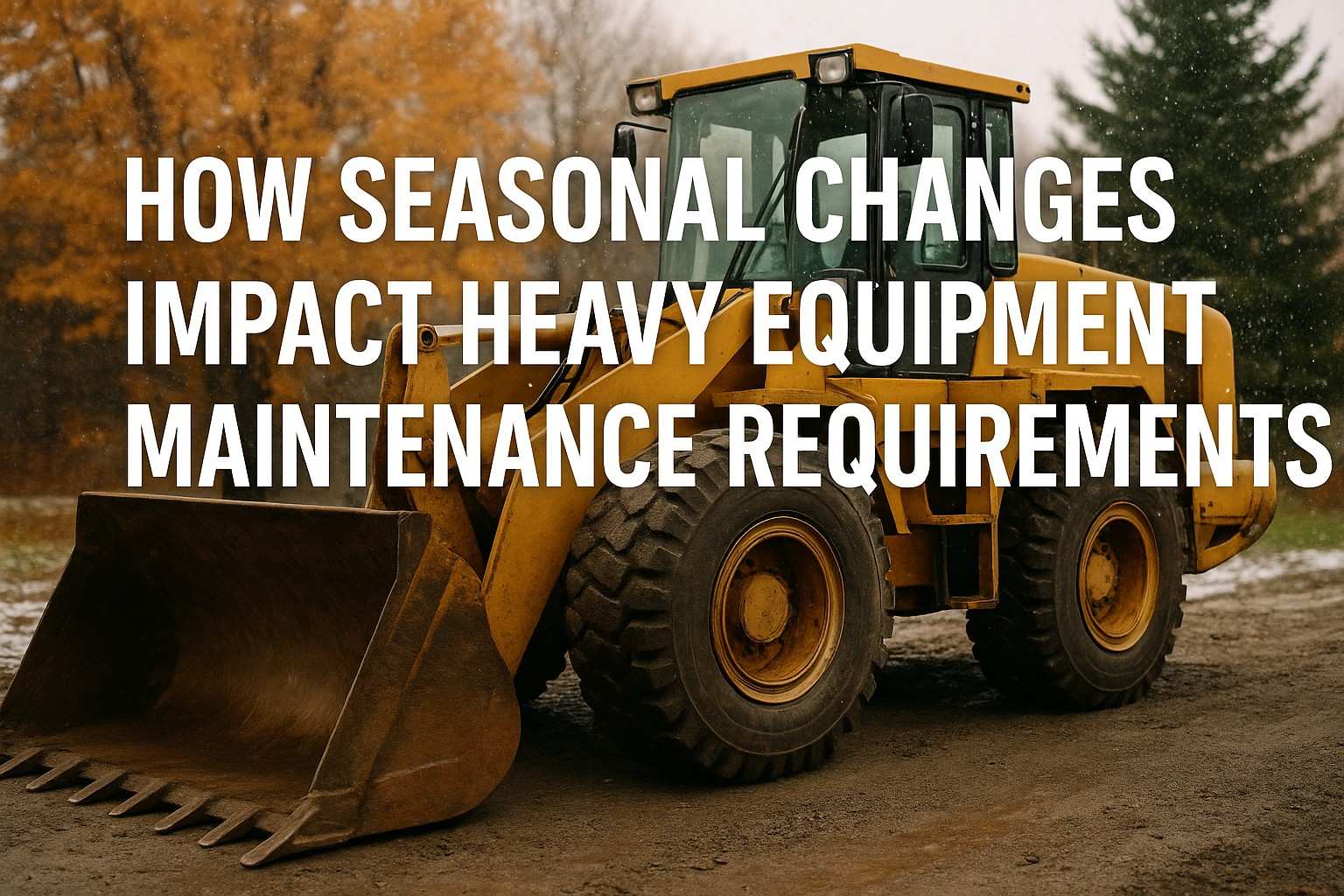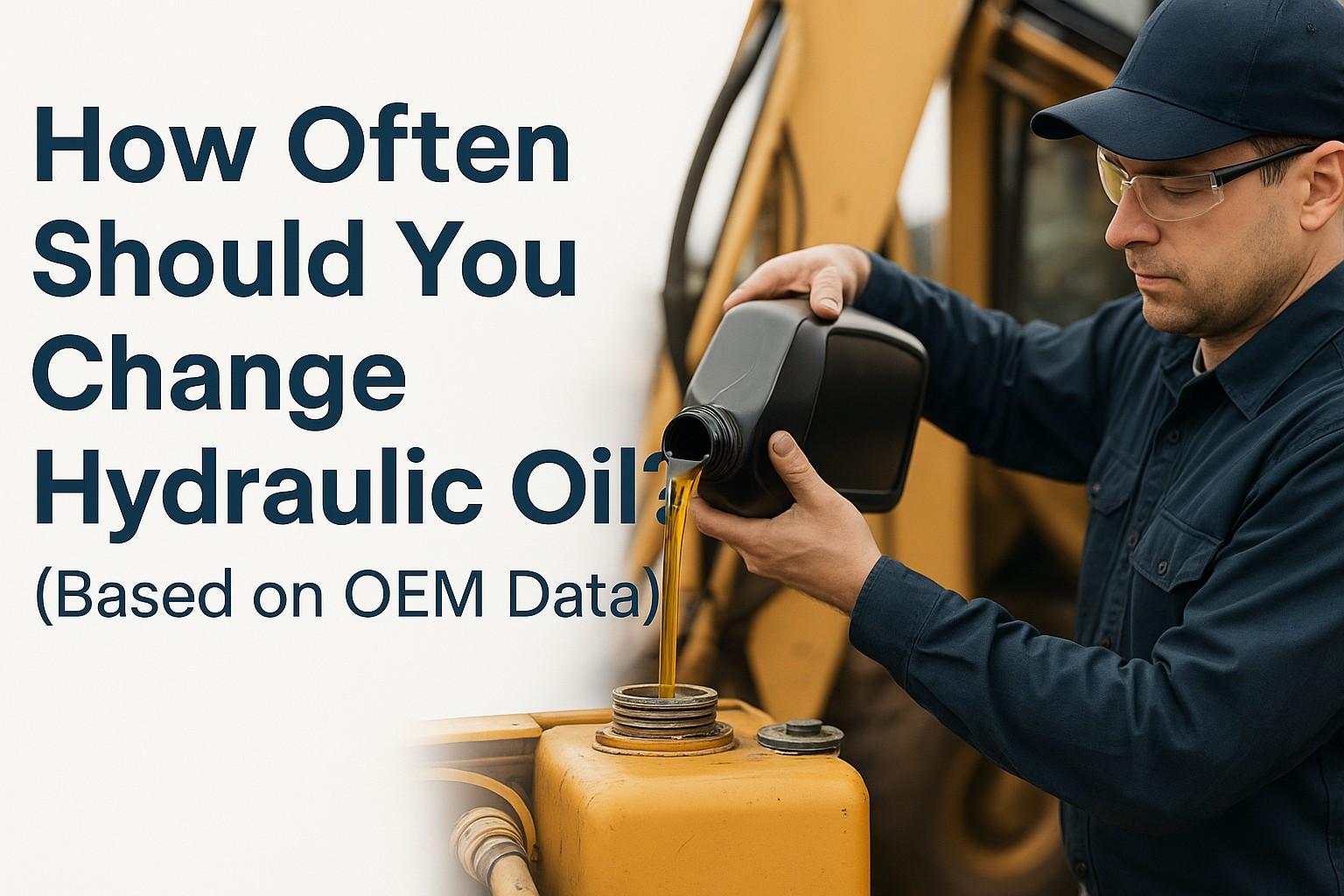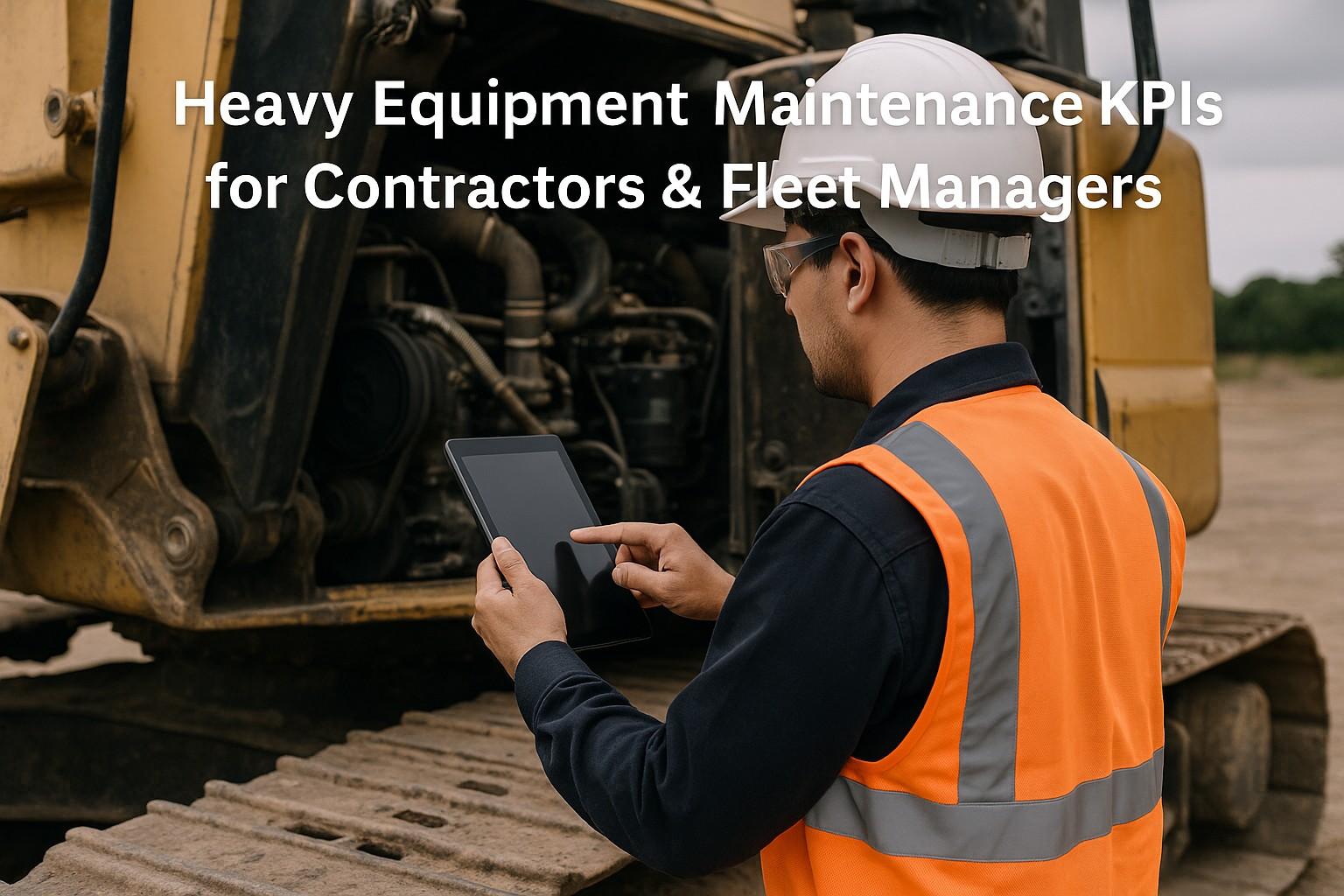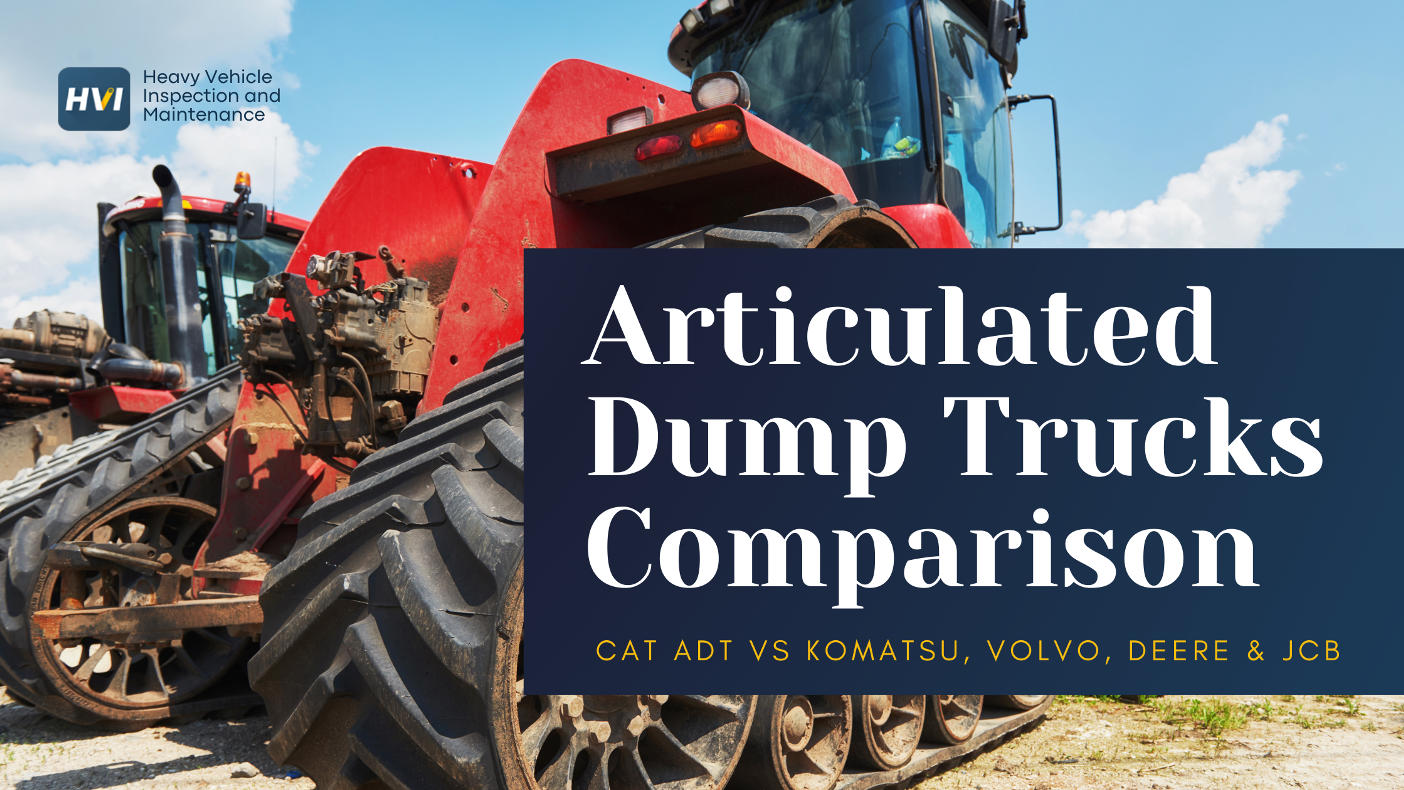Preventive maintenance (PM) is the cornerstone of successful commercial vehicle fleet operations. By implementing a structured approach to vehicle maintenance, inspections, repairs, and routine maintenance tasks, fleet managers can prevent costly breakdowns, ensure regulatory compliance, and extend vehicle lifespans. Learn how to optimize your PM program.
PRO TIP: Maintenance Class Selection
Not sure which maintenance class your fleet needs right now? Start by conducting a quick vehicle condition assessment. If you've noticed minor performance issues but no safety concerns, begin with Class B service rather than jumping straight to more comprehensive options. This targeted approach saves time and resources while addressing the most relevant issues first.
Understanding Preventive Maintenance Classifications
Class A: Essential Safety Inspection
The foundation of your maintenance program, Class A inspections focus on vehicle safety inspections and critical safety components, typically occurring every 5,000-10,000 miles for medium and heavy-duty vehicles. These inspections ensure your fleet meets basic safety requirements and road safety standards while identifying potential issues before they become serious problems.
Class B: Intermediate Service
Building upon Class A inspections, Class B maintenance includes more detailed engine diagnostics and driveline checks. Usually performed every 10,000-20,000 miles, this service level helps maintain optimal vehicle performance, improves fuel efficiency, and prevents unexpected mechanical failures through predictive maintenance approaches.
Class C: Comprehensive Service
Class C maintenance combines A and B tasks with extensive additional services, including alignments, component replacements, and annual Department of Transportation DOT inspections for DOT compliance. This comprehensive service is typically scheduled annually to ensure vehicles are in optimal condition and meet all safety regulations.
Class D: Major Overhaul
The most intensive maintenance level, Class D involves major component rebuilds or replacements such as engines, transmissions, and axles. These services are scheduled based on vehicle condition, operational requirements, manufacturer recommendations, and advanced diagnostics data. For electric vehicle maintenance and alternative fuel vehicles, Class D services may include specialized battery management and EV charging infrastructure inspections. Schedule a consultation for Class D planning.
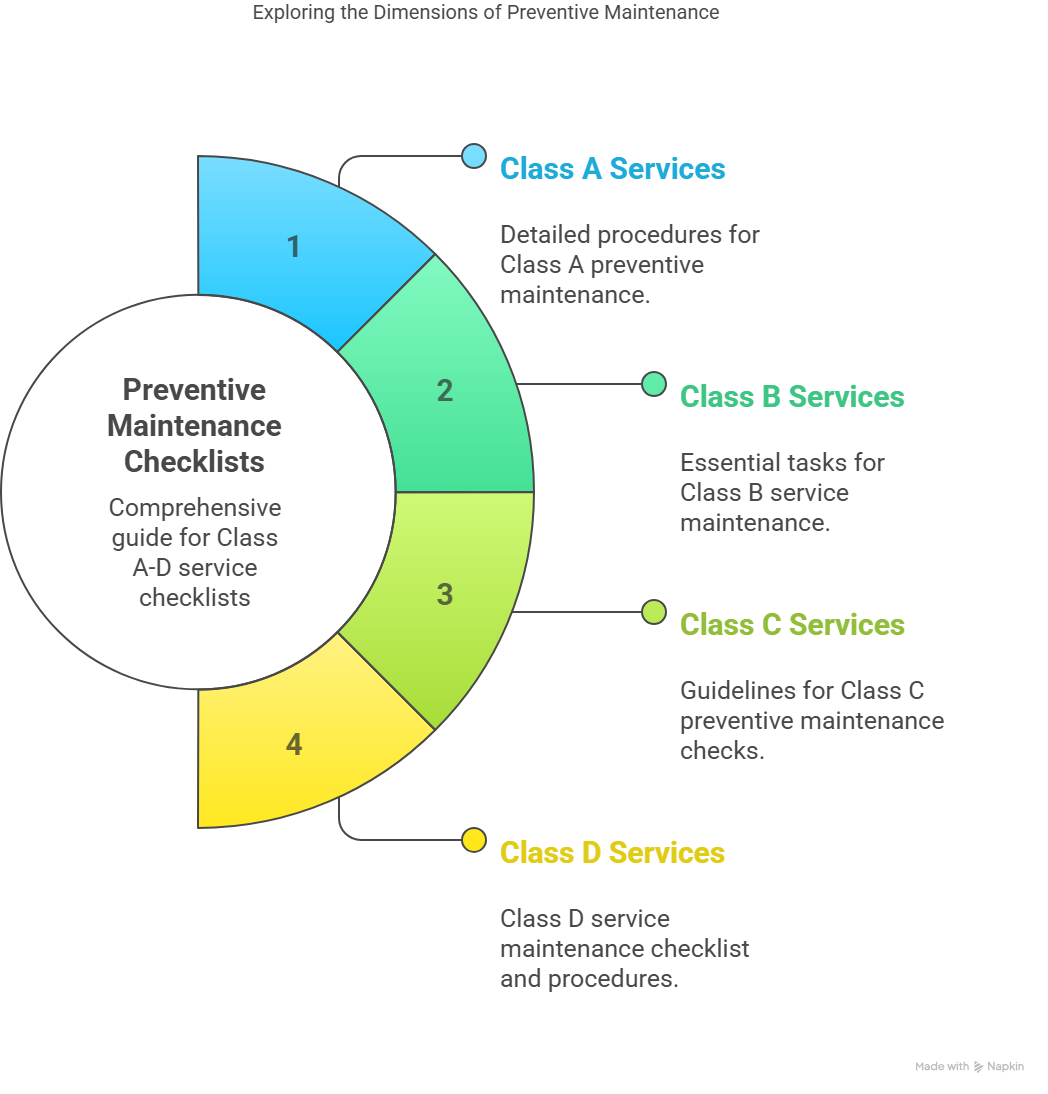
Detailed PM Service Checklists
Class A Maintenance Checklist
- Brake System: Inspect brake pads, discs, drums, and lines for wear and proper function
- Lighting: Check all lights including headlights, brake lights, turn signals, and hazard lights
- Tire Condition: Verify tire pressure, tread depth, and overall condition
- Fluid Levels: Inspect and top off engine oil, coolant, brake fluid, power steering fluid, and windshield washer fluid
- Belts & Hoses: Examine for signs of wear, cracking, or leaks
- Battery: Check terminals for corrosion and secure connections
- Visibility Systems: Inspect wiper blades and washer functionality
- Mirrors & Glass: Look for cracks or damage that could impair visibility
- Emergency Equipment: Confirm presence and condition of fire extinguishers, first aid kits, and reflective triangles
- Safety Devices: Verify proper operation of seat belts and other safety equipment
★★★★★ Customer Review
"The HVI Class A checklists have been a game-changer for our preventive maintenance program. Having these standardized digital inspection forms has eliminated the paperwork headaches and inconsistent reporting we struggled with for years. Our inspection quality has improved dramatically."
Class B Maintenance Checklist
- Oil & Filter Service: Replace engine oil and oil filter
- Fuel System: Inspect fuel lines, connections, and filter; replace filter if necessary
- Cooling System: Check radiator, hoses, and connections for leaks; verify coolant concentration
- Driveline Components: Inspect driveshaft, U-joints, and axles for wear
- Suspension & Steering: Examine suspension components and check steering system alignment
- Advanced Brake Inspection: Perform detailed brake inspection including ABS components and air brakes
- Exhaust System: Check for leaks, damage, or excessive wear
- Transmission: Inspect fluid level, condition, mount, and connections
- Electrical System: Verify proper operation of alternator, starter, and electrical components
- Comprehensive Fluid Analysis: Check condition and contamination levels of all fluids
PRO TIP: Class B Scheduling
For vehicles operating in severe conditions (extreme temperatures, dusty environments, or stop-and-go traffic), consider reducing your Class B maintenance intervals by 15-20%. The minor additional cost is far outweighed by the extended vehicle life and reduced breakdown risk.
Set up customized maintenance intervals →Class C Maintenance Checklist
- Wheel Alignment: Perform complete alignment check and adjustment
- Wear Item Replacement: Replace brake pads, belts, hoses, and filters as needed
- Engine Diagnostics: Conduct thorough inspection of timing belt/chain, spark plugs, and fuel injectors
- Transmission Service: Complete transmission service with fluid and filter changes
- Differential & Axle Assessment: Check differential fluid and inspect axles
- DOT Inspection: Perform annual Department of Transportation compliance inspection
- Hydraulic Systems: Inspect and service all hydraulic components
- Climate Control: Check air conditioning for leaks, refrigerant levels, and performance
- Chassis Lubrication: Lubricate all chassis points including ball joints, tie rods, and sway bars
- Electrical Systems Analysis: Test all electrical systems including sensors and control units
Class D Maintenance Checklist
- Engine Overhaul: Rebuild or replace engine including all internal components
- Transmission Rebuild: Overhaul or replace transmission system
- Axle & Differential Rebuild: Perform complete overhaul of axles and differential
- Suspension Replacement: Replace springs, shocks, struts, and bushings
- Electrical System Upgrade: Replace or upgrade major electrical components and wiring
- Body Restoration: Perform necessary repairs, replacements, and repainting
- Exhaust System Renewal: Replace the entire exhaust system
- Cooling System Overhaul: Install new radiator, water pump, thermostat, and related components
- Brake System Rebuild: Replace all brake components including calipers, rotors, drums, and lines
- Fuel System Reconditioning: Replace or rebuild fuel tank, pumps, and injectors
Transform Your Fleet Maintenance Today
Join thousands of fleet managers who've reduced maintenance costs by 30% with digital PM management.
How HVI Transforms Fleet Maintenance Management
Managing these extensive maintenance schedules becomes significantly easier with the HVI Software suite, also known as Heavy Vehicle Inspection Software in some operations. As one of the best fleet software offerings alongside solutions like Fleetio, Samsara, and Motive, this preventive maintenance software offers a comprehensive solution to streamline every aspect of your fleet management needs.
Key Features of the HVI Fleet Management App
1. Customizable PM Templates
The HVI APP provides fully customizable templates for each PM class, allowing you to tailor inspection and maintenance tasks to your specific fleet requirements. Whether you operate heavy-duty trucks, construction equipment, or specialized vehicles including electric vehicle fleets, HVI adapts to your needs.
2. Intelligent Scheduling Automation
Set up your PM intervals in the Heavy Vehicle Inspection system based on mileage, engine hours, or calendar time. The HVI APP automatically generates scheduled service notifications through smart fleet solutions, ensuring no maintenance task is overlooked and helping you maintain compliance with regulatory requirements.
3. Real-Time Fleet Tracking
Monitor the status of all PM tasks in real-time through the HVI dashboard using advanced telematics. The system integrates with GPS fleet tracking to receive alerts for upcoming services, track overdue maintenance alerts, and keep your entire fleet in optimal condition.
4. Mobile-First Accessibility
The HVI APP's mobile platform and mobile app enable on-site technicians to complete vehicle safety inspections, record findings, and update maintenance records directly from smartphones or tablets in the field. This eliminates paperwork and reduces administrative time. Try our mobile app today.
Real-World Success Stories with HVI
Fleet Management Success
A delivery fleet maintenance operation with 50 trucks implemented HVI to manage their PM schedules. Using the automated scheduling and GPS fleet tracking features, they reduced vehicle downtime by 30% and achieved maintenance cost reduction of 20% within the first year.
National Logistics Fleet Solutions
With a fleet exceeding 500 commercial motor vehicles, this logistics fleet management company utilized HVI Software to streamline PM processes across multiple terminals. The fleet data analytics capabilities helped identify recurring issues, resulting in a 25% improvement in vehicle uptime. Learn how we can help your large fleet.
★★★★★ Customer Review
"After implementing the HVI system, our maintenance scheduling became virtually hands-free. The automated alerts ensure we never miss critical services, and our technicians can access vehicle histories instantly. We've extended our average vehicle lifespan by nearly 2 years."
PRO TIP: Multi-Site Implementation
For organizations with multiple locations, implement HVI in phases starting with your busiest site first. This creates a proven template and identified super-users who can help train staff at subsequent locations, significantly improving adoption rates and reducing implementation challenges.
Get implementation guidance →Best Practices for PM Excellence
Maximize the benefits of your preventive maintenance program with these industry-proven best practices:
-
1
Schedule Adherence: Maintain strict PM schedules and scheduled inspections to prevent issues before they escalate
-
2
Comprehensive Documentation: Implement detailed record-keeping of maintenance information including parts, labor, and observations
-
3
Regular Training: Ensure technicians receive rigorous training on maintenance techniques and HVI system usage
-
4
Data Analysis: Use HVI reports to identify trends, recurring issues, and improvement opportunities across your diverse fleet
-
5
Feedback Loop: Create mechanisms for technician feedback to suggest PM program improvements for future-ready maintenance operations
The Future of Fleet Maintenance: Emerging Trends
AI Fleet Management
Leveraging artificial intelligence and machine learning to predict maintenance needs with greater accuracy through predictive analytics and AI route optimization.
IoT Fleet Maintenance
Connecting with Internet of Things sensors and 5G telematics for real-time vehicle condition monitoring and performance trends analysis.
Sustainable Fleet Operations
Implementing green fleet solutions and eco-friendly maintenance practices that support carbon footprint reduction and fleet electrification strategies.
Cybersecurity Fleet Systems
Protecting maintenance data with enhanced security protocols and blockchain fleet management for secure record-keeping.
Conclusion: Optimize Fleet Performance
Effective preventive and predictive maintenance is essential for fleet success, and the structured approach of Class A, B, C, and D maintenance schedules provides a comprehensive framework for all commercial motor vehicles. By implementing HVI Software to manage these processes, fleet operators gain operational efficiency, regulatory compliance assurance, and increased profitability. Start optimizing your fleet today.
★★★★★ Customer Review
"I've worked with numerous fleet management systems over my 20-year career, and HVI's maintenance scheduling capabilities are truly exceptional. The customizable templates adapt perfectly to our specialized equipment, and the mobile app has transformed how our technicians document their work. The investment paid for itself within the first six months."
PRO TIP: Maintenance Integration
For maximum effectiveness, integrate your preventive maintenance schedule with your overall fleet operations calendar. This coordination prevents service appointments from conflicting with critical delivery or operational needs, reducing business disruption while still maintaining timely maintenance compliance.
Frequently Asked Questions
What distinguishes the different classes of preventive maintenance services?
The four PM classes represent increasing levels of maintenance complexity and intervals: Class A (basic safety inspection), Class B (intermediate service with engine and driveline checks), Class C (comprehensive service with alignments and DOT inspections), and Class D (major component overhauls).
How frequently should Class A maintenance be performed?
Class A maintenance typically occurs every 5,000-10,000 miles for medium and heavy-duty vehicles, focusing on essential safety systems like brakes, lights, tires, and fluids. Learn more in our maintenance intervals guide.
How does the HVI system enhance preventive maintenance management?
HVI provides customizable PM templates, automated scheduling based on vehicle parameters, real-time maintenance tracking, mobile inspection capabilities, and comprehensive analytics to optimize your maintenance program. See how it works.
Can the HVI APP handle unscheduled repairs?
Yes, the Heavy Vehicle Inspection system manages both scheduled PM services and unscheduled maintenance events, creating a complete vehicle history that helps identify recurring issues and optimization opportunities.
What tangible benefits does regular preventive maintenance provide?
A structured PM program prevents unexpected breakdowns, reduces repair costs, extends vehicle lifespans, ensures regulatory compliance, and significantly improves overall fleet efficiency and productivity.
Ready to Transform Your Fleet Maintenance?
Join over 25,000 fleet managers who trust HVI to optimize their preventive maintenance programs.

